Water is one of our most precious life-sustaining resources. But if you’re drinking your water straight out of the tap, you might be getting more than you bargained for. You see, your tap water could potentially be harboring dozens of dangerous toxins.
Today we’re going to dive into some of the most common (and most dangerous) toxins that might be lurking in your water. And most importantly we’ll cover how you can protect yourself from these harmful chemicals.
Water Toxicity – How Contaminated Is My Water?
While the United States has some of the safest drinking water available in the world, it's far from perfect. Our drinking water is contaminated with countless toxins thanks to things like:1,2
- Leaching of chemicals from pipes and/or natural deposits
- Runoff from local land use, agricultural operations, and animal feeding operations
- Malfunctioning in water waste treatment plants
- Improper disposal of pollutants
- Disinfectant and treatment with toxic chemicals
- Ever-increasing spread of toxins throughout our environment
Exactly how contaminated the drinking water is in a specific area can vary depending on factors like proximity to agricultural operations, industrial plants, and/or large cities as well as the quality of pipes – just to name a few. But regardless of where you live, contaminated water poses a threat to your health.
Let’s look at exactly what kinds of toxic pollutants might be lurking in your water.
Chemicals and Heavy Metals in Tap Water
Whether your tap water comes from the city or a well, your water could potentially be harboring hundreds of different toxins. Let’s take a look at some of the most common chemicals in tap water and the scary effects repeated exposure to these calamitous compounds can have on your health.
Heavy Metals
Heavy metals and metalloids are naturally occurring elements that have been used extensively in a number of technological, industrial, and agricultural applications. While these metals are certainly useful in our modern world, our exposure to them has skyrocketed in recent years.
Much of this elevated exposure is thanks to increasing levels of heavy metals in our drinking water. And chronic exposure to high levels of these heavy metals can have grave consequences for our health. Some of the common heavy metals found in water and their toxic effects on the human body include:
- Aluminum: Aluminum has been linked to conditions ranging from breast cancer to dementia and can negatively impact every organ system in your body.
- Arsenic: Arsenic interrupts crucial cellular functions and can wreak havoc on your body if it accumulates. Arsenic can cause liver damage, metabolic disorders, and even cancer.
- Cadmium: This catastrophic compound has been linked to reproductive damage, cancer, and birth defects just to name a few.
- Lead: Lead is one of the more well-known water contaminants that’s been found to have neurotoxic, nephrotoxic, and carcinogenic effects.
- Mercury: Long-term exposure to mercury can cause debilitating symptoms like depression, impaired coordination, and significant sleep disturbances.
While these menacing metals can have a serious impact on your health, they’re just the tip of the iceberg when it comes to toxins that might be lurking in your water.
Fertilizers and Pesticides
In recent decades, humans have radically increased and industrialized our agricultural practices in order to feed our skyrocketing population. But unfortunately, one of the side effects of our modern agricultural system is a toxic stew of waste and chemicals that leach their way into the soil and our water systems.
Some of these agricultural toxins and their harmful effects include:5,6,7
- Atrazine: This herbicide is a known hormone disruptor and neurotoxin and can be particularly damaging to fetal development.
- Dibromochloropropane: One of the primary effects of this toxic insecticide is reproductive harm and infertility.
- Glyphosate: This herbicide is particularly troublesome thanks to its ability to disrupt your body’s endocrine system – causing DNA damage, learning disorders, and autism.
As our population grows and agricultural practices evolve, so does the threat of exposure to these harmful chemicals.
Toxic Chemicals
We rely on countless chemicals in our modern world – all of which can eventually make their way into the environment and into our water sources. Tap water contaminants that come from these chemical sources and their possible effects on your health include:8,9,10
- Benzene: Prolonged exposure to benzene can impair your immune system, cause reduced birth weights, and promote cancer.
- BPA’s: BPA’s, also known as bisphenol-a, mimic the hormone estrogen in your body which can throw your whole system out of whack. This triggers issues ranging from abnormal thyroid function to mood disorders.
- Microplastics: These microscopic particles of plastic can weasel their way directly into your cells and slowly leach their poisonous contents into your tissues.
- Perchlorate: Perchlorate blocks the absorption of iodine by your thyroid gland, leading to metabolic disorders as well as learning disabilities in children.
- Phthalates: Phthalates disrupt how your body synthesizes and responds to the hormone estrogen. This can throw off your entire endocrine system and may be linked to an increased risk of breast cancer.
If these chemicals aren’t scary enough, add the fact that new chemical compounds come online all the time. So chances are our water will likely only get murkier over time.
Pharmaceuticals
Pharmaceuticals are becoming a more prevalent tap water contaminant. You see, pharmaceutical drugs make their way into the water system when they’re excreted through humans and animals as well as when these drugs are flushed down the toilet. And unfortunately, most wastewater treatment plants do not routinely remove pharmaceuticals from water.
Just a handful of pharmaceuticals that are known toxicants in water include:11
- Acetaminophen: Also known as Tylenol, is an over-the-counter medication used to reduce pain and fever and can cause liver damage in high doses.
- Venlafaxine: A prescription medication used to treat depression with side effects like constipation, dizziness, and decreased libido.
- Synthetic estrogen: Synthetic estrogens used in contraceptives and hormone replacement therapy can majorly disrupt your endocrine system.
- Antibiotics: Perhaps some of the most concerning pharmaceuticals sometimes contaminating tap water are antibiotics. Overexposure to antibiotics is one of the leading causes of antibiotic resistance, posing a real and growing threat to our ability to effectively treat bacterial infections.
With so many potential toxins lurking in tap water, you’re probably wondering – how contaminated is my water? And how do I know if I’ve been exposed to toxins?
Water Toxicity Symptoms
So how do you know if you’re drinking contaminated water and experiencing water toxicity symptoms? The answer is – it’s complicated. When it comes to symptoms associated with drinking toxins in water, it's tricky to pinpoint.
Tap water can contain so many different types of toxins in all different levels of concentration. And each of these toxins can have a different effect on your body. The problem with consistently and unknowingly drinking these toxins in your water is that they have a cumulative effect. You see, over time these toxins slowly chip away at your health by contributing more and more to what’s known as your toxic burden.
What Is My Toxic Burden?
So what exactly is your toxic burden? Our bodies are well equipped to deal with a certain amount of toxic compounds – we have natural detoxification pathways specifically designed to process and eliminate these toxins. But over time, as we come into contact with more and more toxins, then begin to accumulate. And we begin to overload our body’s ability to detox.
Think of it as a bucket. Your body is designed to withstand a certain amount of toxins that can be contained within this “toxic bucket.” But as these toxic chemicals build up in your body, that bucket overflows. This clogs up your detox pathways and burns out your immune system, eventually leading to the detrimental health effects associated with these dangerous compounds.
And considering that your drinking water can be one of the biggest contributors to your overall toxic burden, it’s crucial to ensure you’re drinking the purest and cleanest water you can get your hands on.
How to Purify Your Water
The simplest and most effective way to purify your water and remove harmful toxins is to invest in a high-quality water purification system. Not all water purification systems are created equally, so I strongly encourage you to do your research and ensure that any water filtration system you use can back up their claims with scientific studies.
You want to look for a filtration system that’s proven to have technology that targets and removes dangerous contaminants. And the water purification brand that I trust and use most is Clearly Filtered water purification system.
Clearly Filtered goes far above and beyond to ensure their water purification system delivers the cleanest and safest water possible by:
- Using medical-grade materials to assemble their line of products right here in the U.S.A.
- Offering a lifetime guarantee on all of their filter systems
- Developing and leveraging the most powerful filtration technology available – proven to target and remove 270+ contaminants from your water
- Providing complete access to extensive resources and studies proving they deliver on their promises.
If you want pure, delicious, and contaminant-free water without any hassle, you’ve got to check out Clearly Filtered’s water purification systems. Click here to learn more about Clearly Filtered’s entire line of products.
Use code WELCOME10 for 10% off any new filtration system.
So, How Concerned Should I Be?
Contaminated and toxic water is a very real and growing threat to our health. And the truth is, our tap water contamination is likely only going to get worse as we live in an increasingly toxic world. But the good news is, you are not at the mercy of your environment.
When it comes to your health, you are in the driver’s seat and you have the power to drastically impact your well-being. The daily choices you make add up in a massive way. Taking simple steps to protect yourself from our ever-increasing exposure to toxins can go a long way in safeguarding you from the damaging effects of these dangerous chemicals.
So if you’re looking for ways to protect yourself and your loved ones while optimizing your health, start by following the advice in this article. And then, head over to my blog – it’s chock-full of easy-to-understand and easy-to-implement steps to help you prioritize your health. And when you’re ready to take it even deeper, you can sign up for my newsletter – all you have to do is enter your name and email address in the form below.
Now it’s time to hear from you. Were you surprised to hear how many dangerous toxins might be hiding out in your tap water? What steps are you taking to protect yourself and your loved ones from toxins in our water? Leave your questions and thoughts in the comments below!
References:
- Water Contamination | Other Uses of Water | Healthy Water | CDC
- Safe Drinking Water: Tap Water, Bottled Water, & Water Filters (webmd.com)
- EWG_TWDBStandards-Chart_PP01.pdf
- Heavy Metals Toxicity and the Environment (nih.gov)
- Pesticide Properties that Affect Water Quality (tamu.edu)
- Impact of pesticides use in agriculture: their benefits and hazards (nih.gov)
- EWG_TWDBStandards-Chart_PP01.pdf
- Common Hidden Contaminants (wqa.org)
- Chemical fact sheets – Guidelines for Drinking-Water Quality: Fourth Edition Incorporating the First Addendum – NCBI Bookshelf (nih.gov)
- EWG_TWDBStandards-Chart_PP01.pdf
- A-Z List of Contaminants in Water – EH: Minnesota Department of Health (state.mn.us)
*I selectively choose partners and brands that meet my high standard of quality, cleanliness, and safety to not only use in my own life, but to share and recommend with all of you. In some circumstances, I do receive affiliate compensation for these mentions and recommendations. These commissions help fund the operation of my website, newsletter, and social media. Thank you for your ongoing support of my mission in providing functional and integrative education and information to people across the globe. I hope you enjoy these products as much as I do.
* These statements have not been evaluated by the Food and Drug Administration. The product mentioned in this article are not intended to diagnose, treat, cure, or prevent any disease. The information in this article is not intended to replace any recommendations or relationship with your physician. Please review references sited at end of article for scientific support of any claims made.




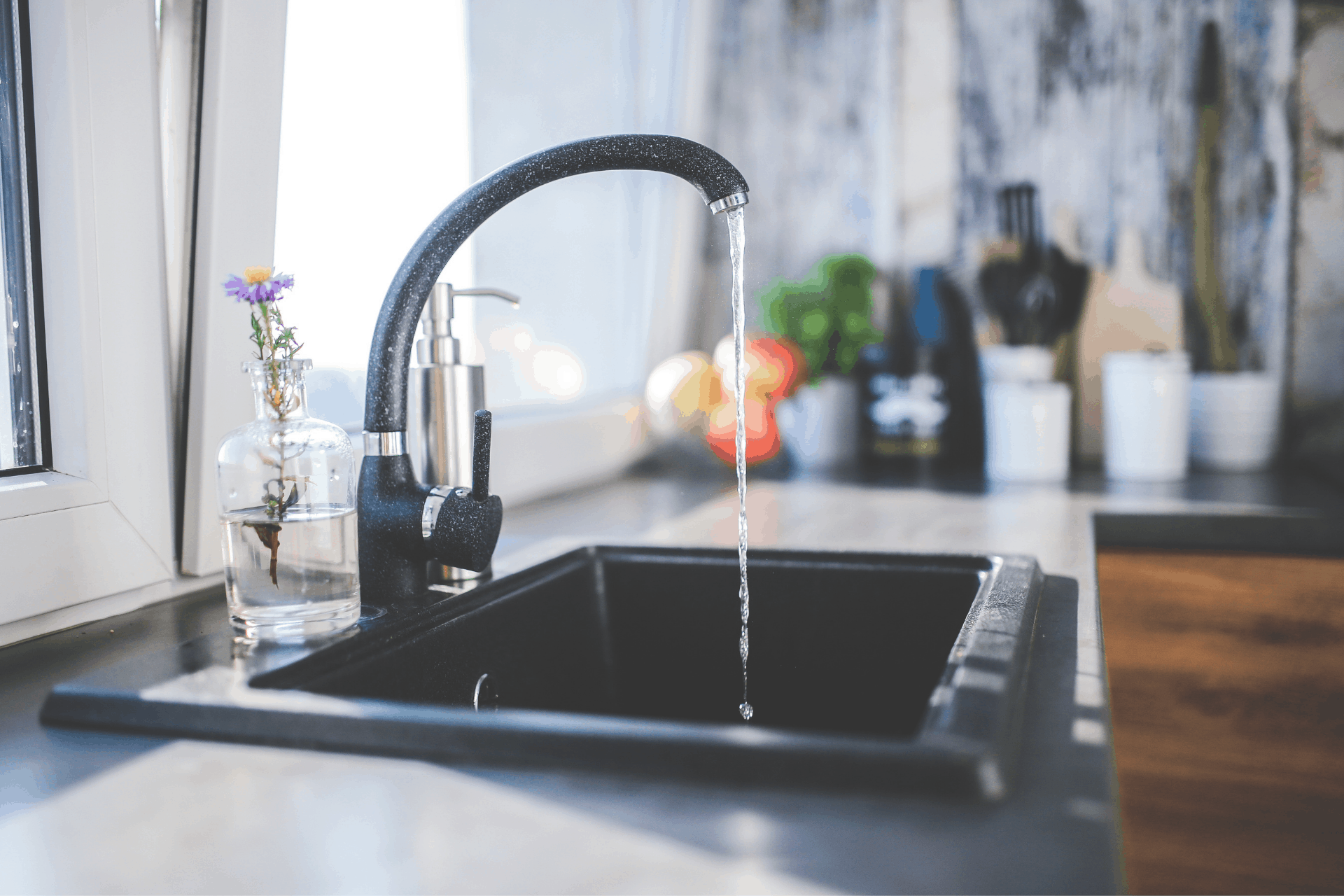


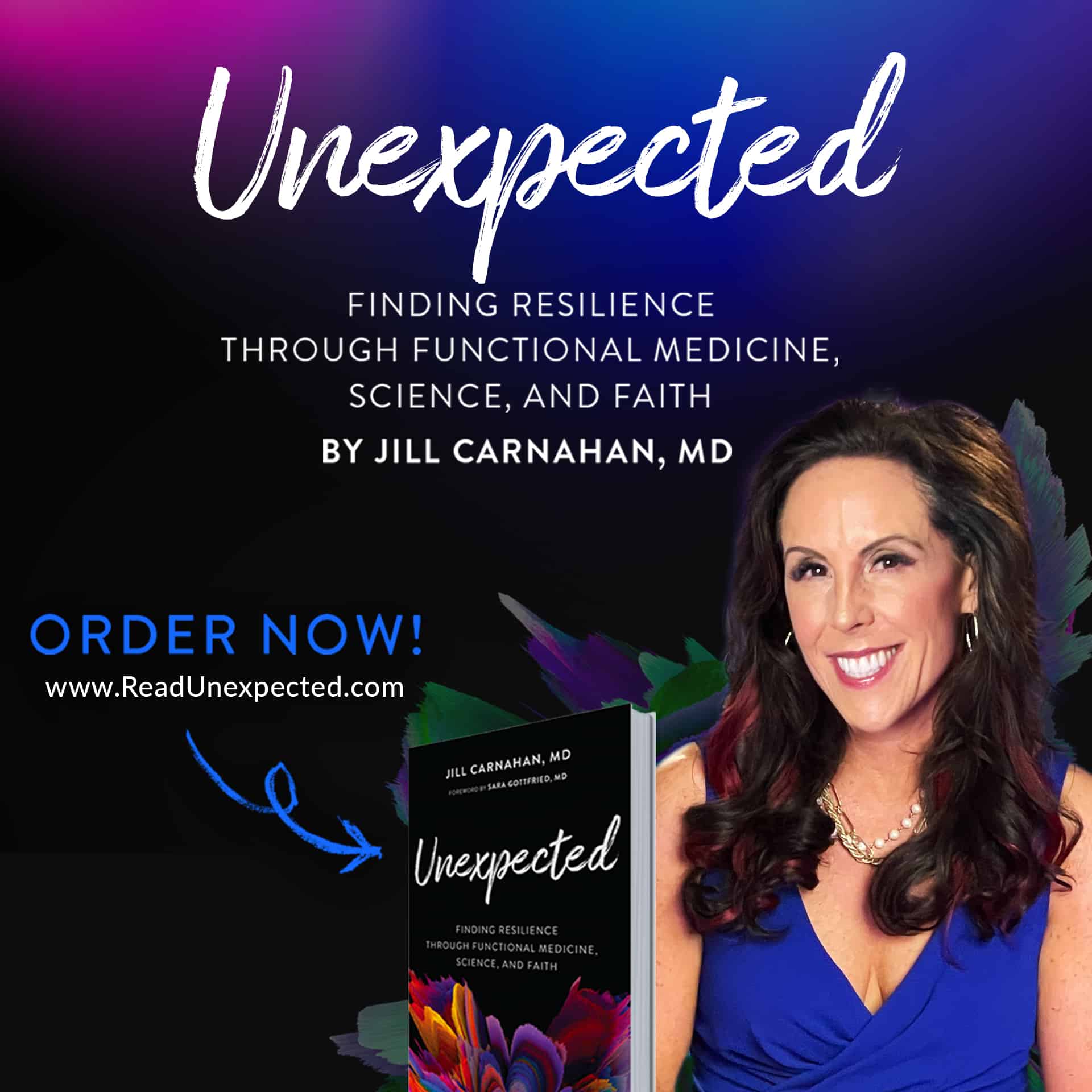

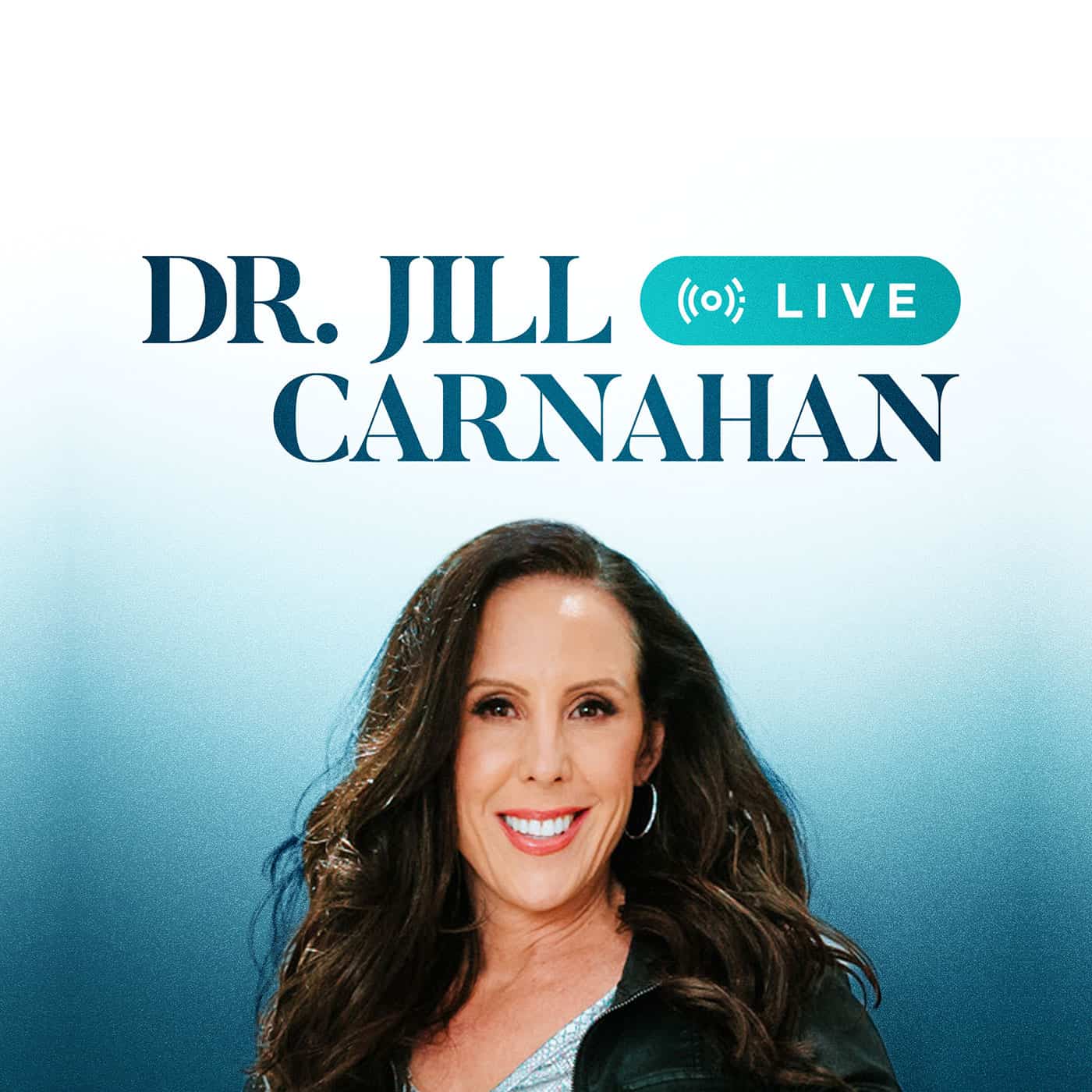
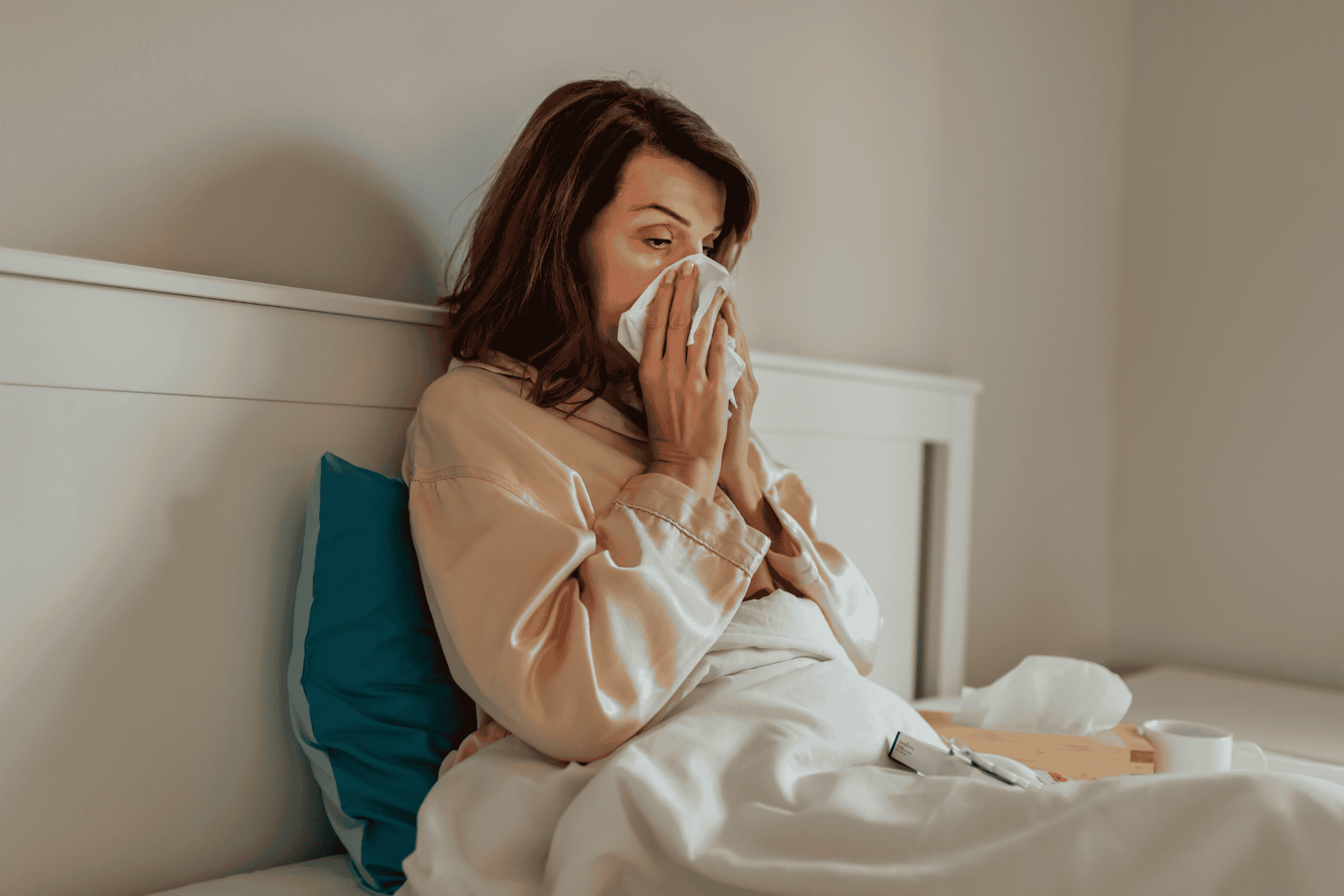



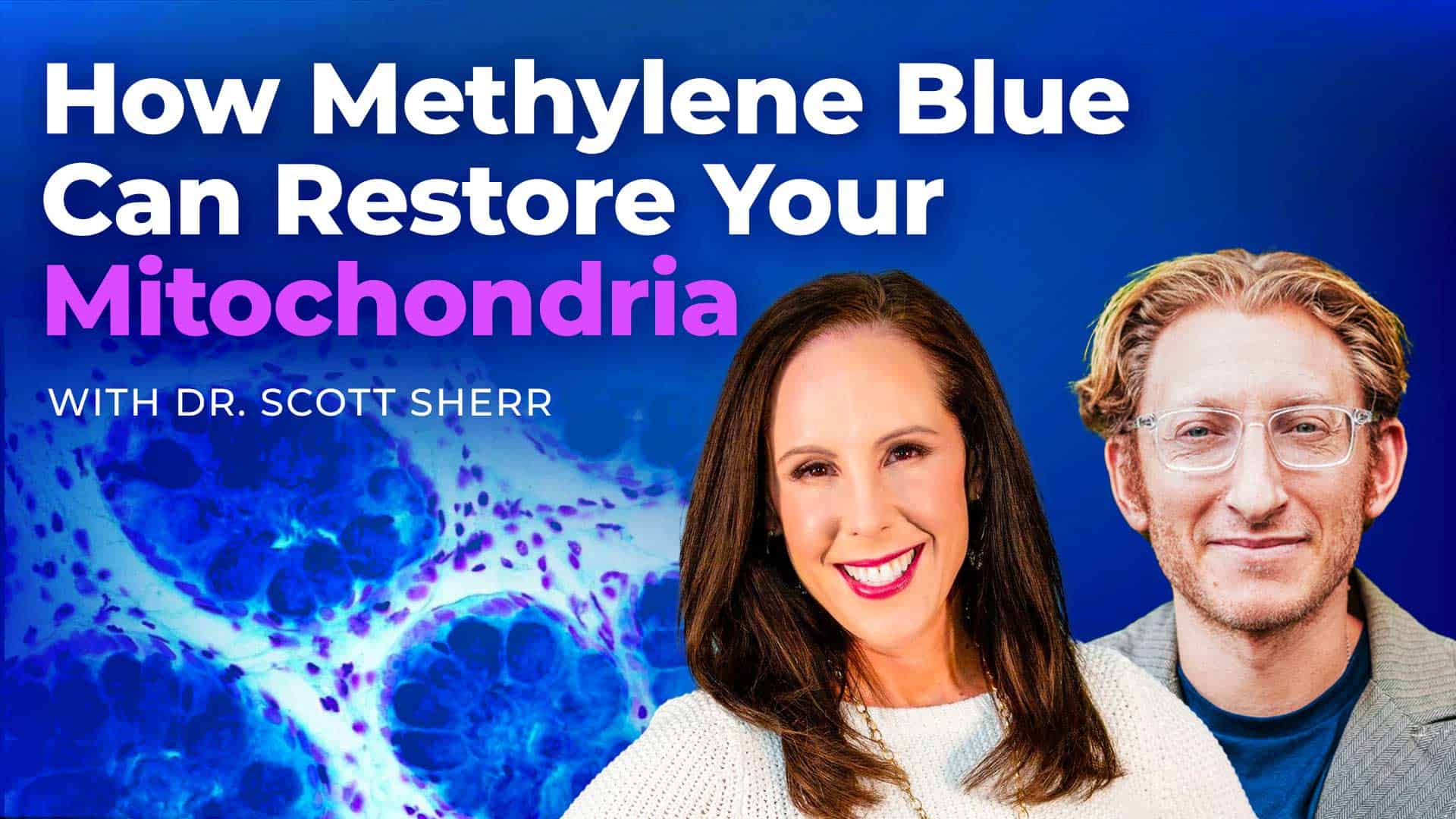
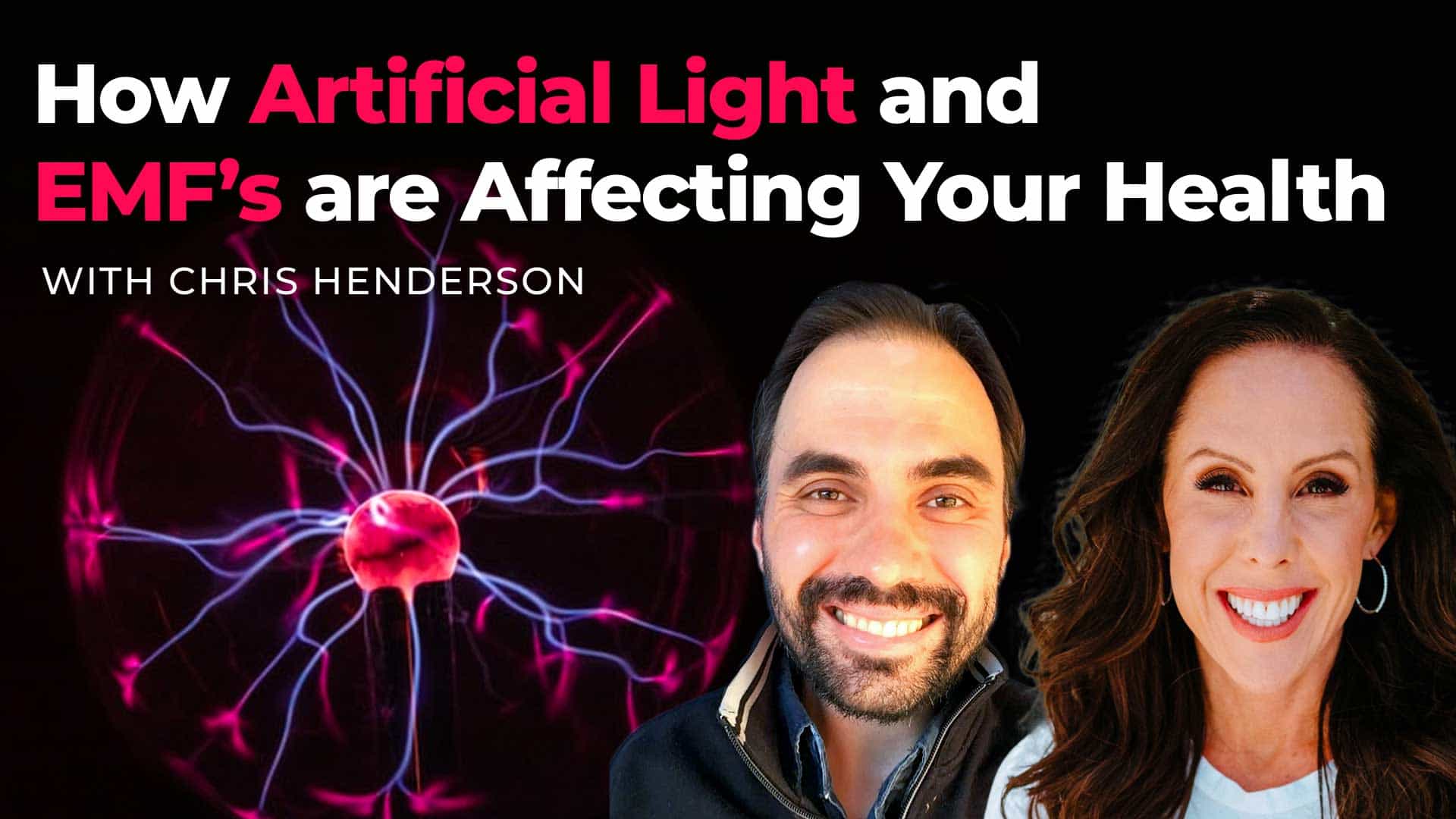
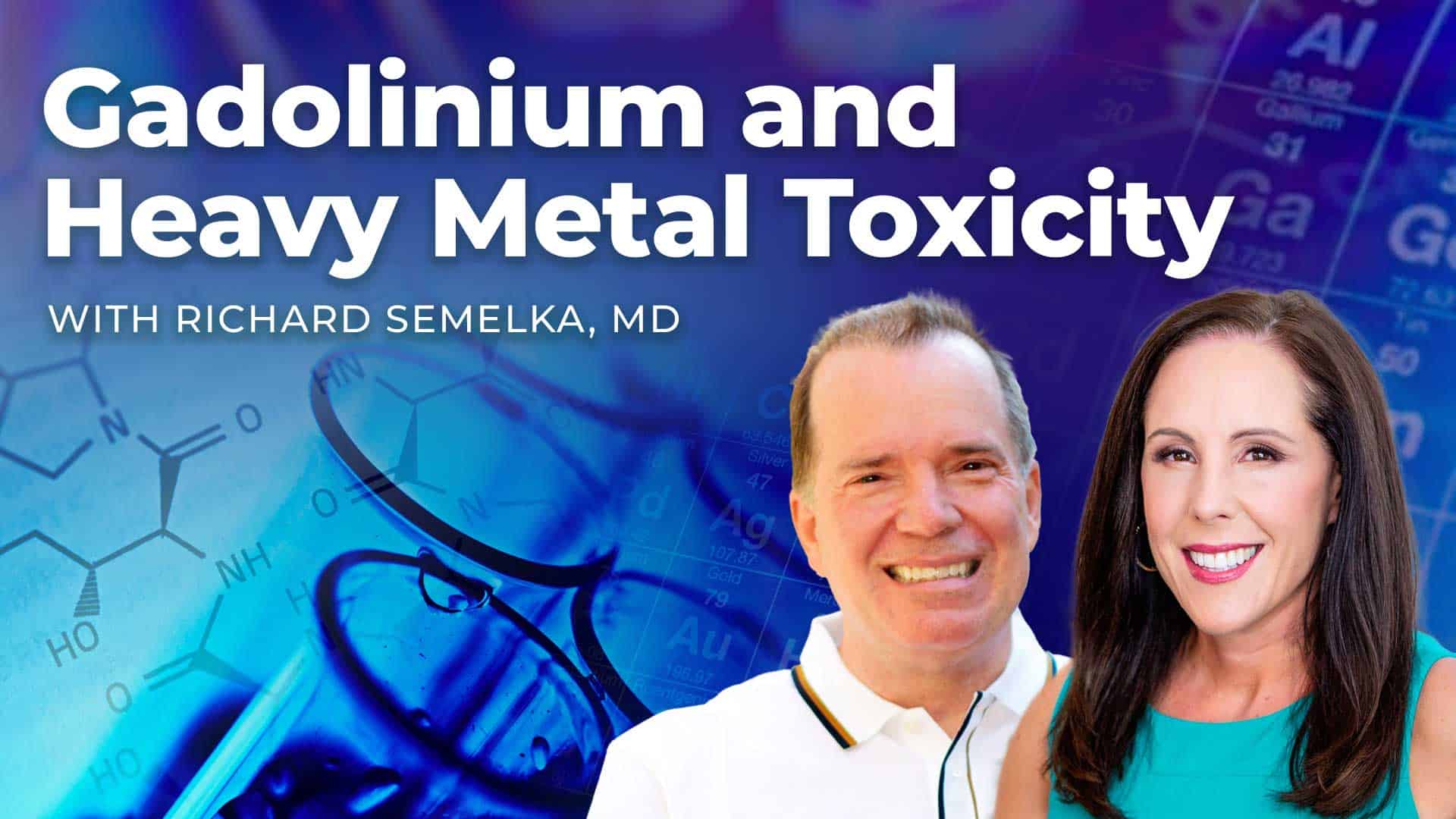



5 Comments
Hi Dr Jill,
What are your thoughts on using reverse osmosis to purify my water?
I have municipal water, from a large ground well. I’m concerend about mold and copper from old pipes, especially. Is there a shower filter you recommend? I’m also right by the treatment plant, so I get the heaviest chemical burdon.
yes, it would be good to test your drinking water or get a good filter!
Recently Englewood had E coli in it’s water, Being aware that our city water has always been marginally safe to drink, what would be your advice toward a drinking water filter? I am retired and on a budget yet could trim some corners if necessary.
Yes, ironically I had just given a friend who lives in Englewood a Clearly Filtered pitcher and he was able to use it during the safety crisis with e.coli to safely filter the tap water.
warmly
Dr Jill
Share: